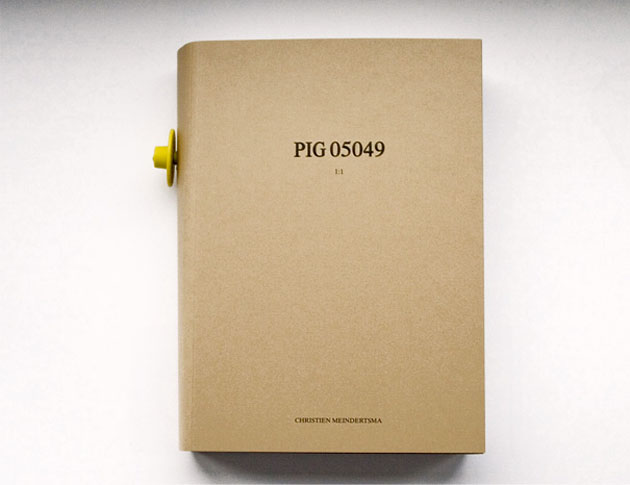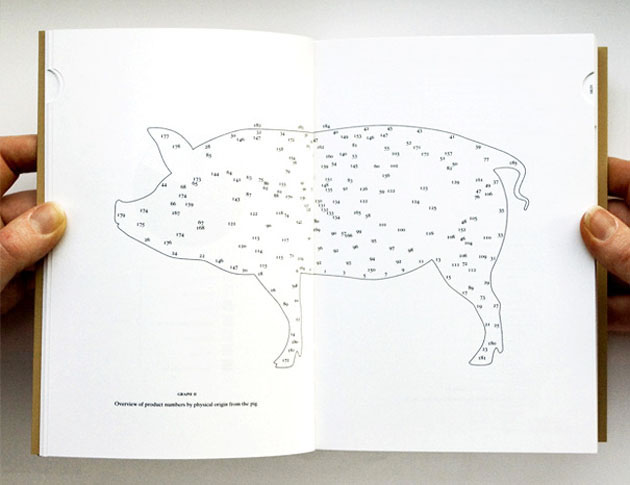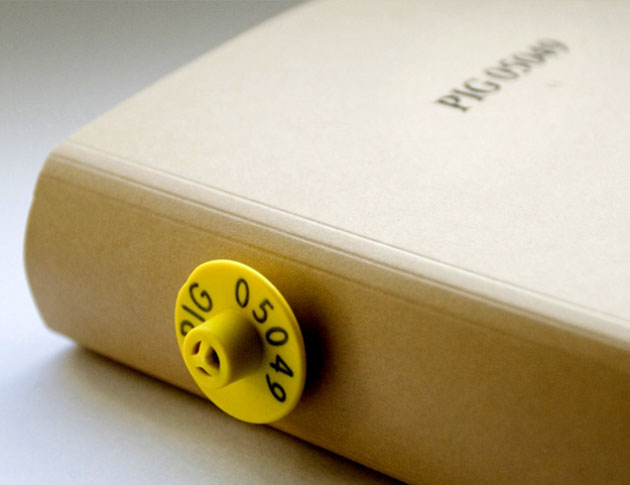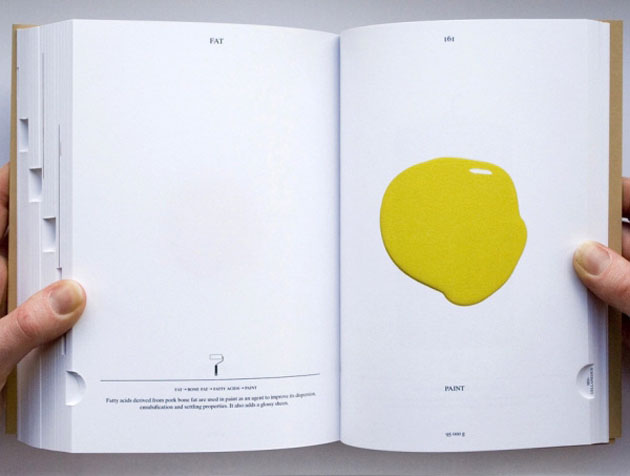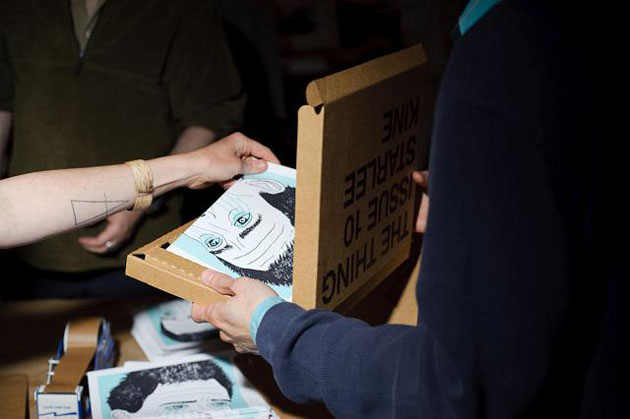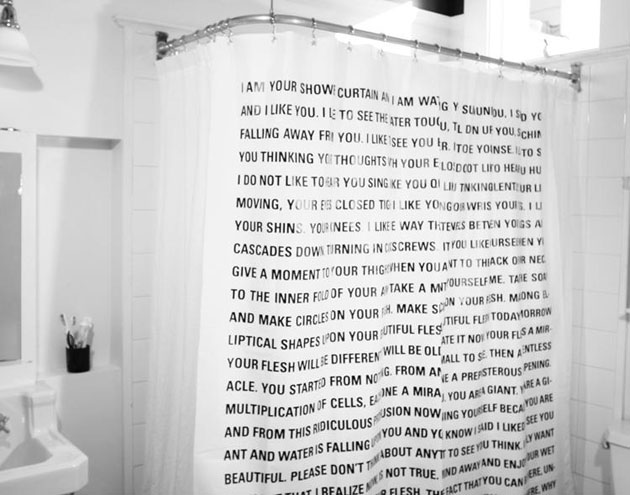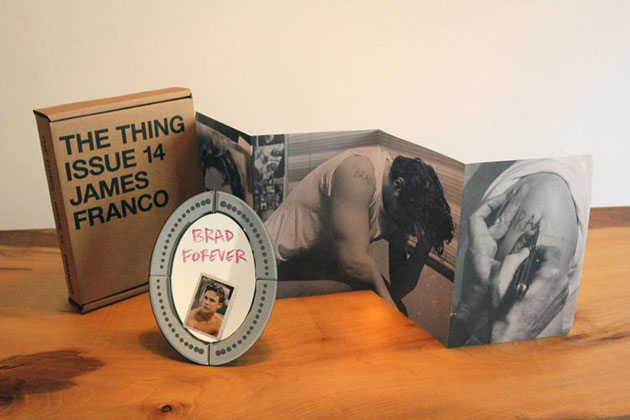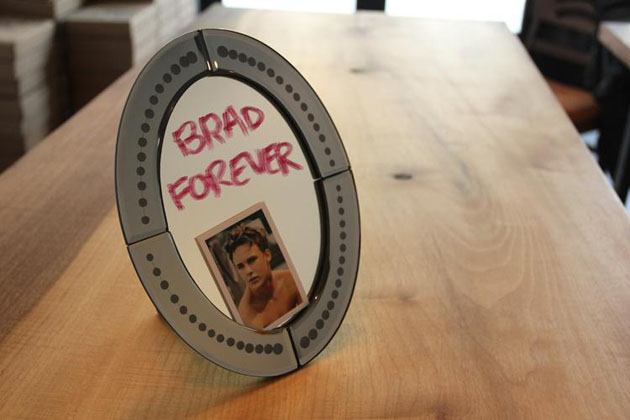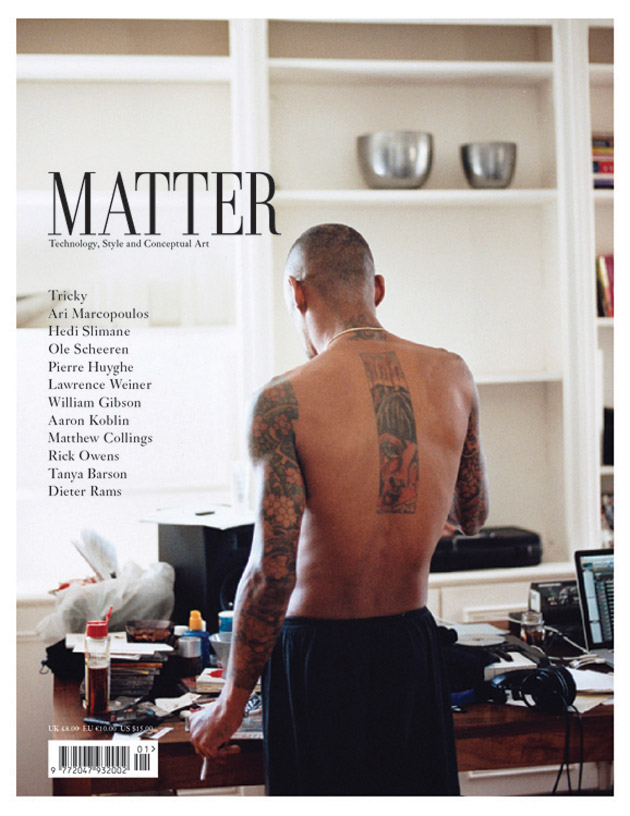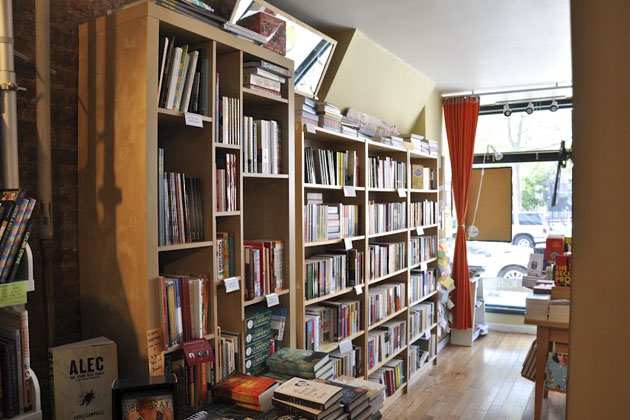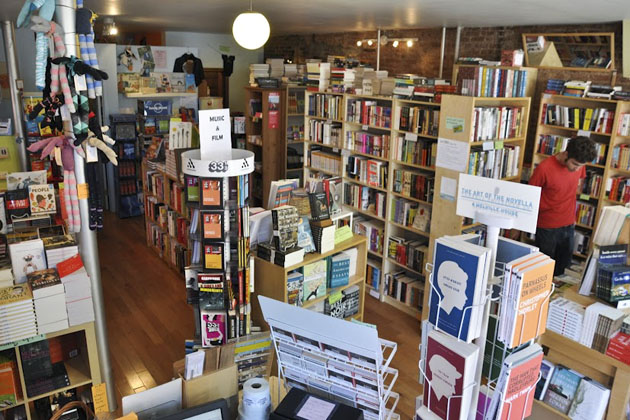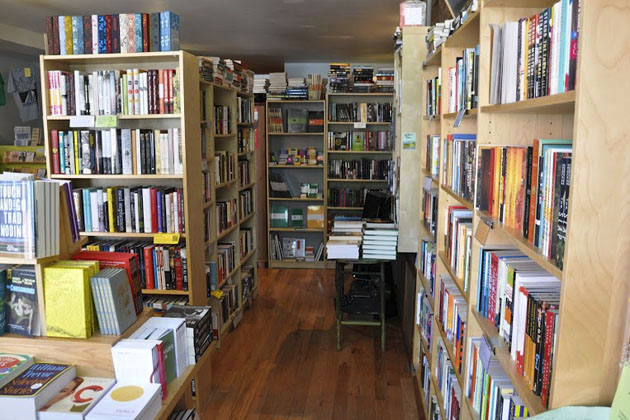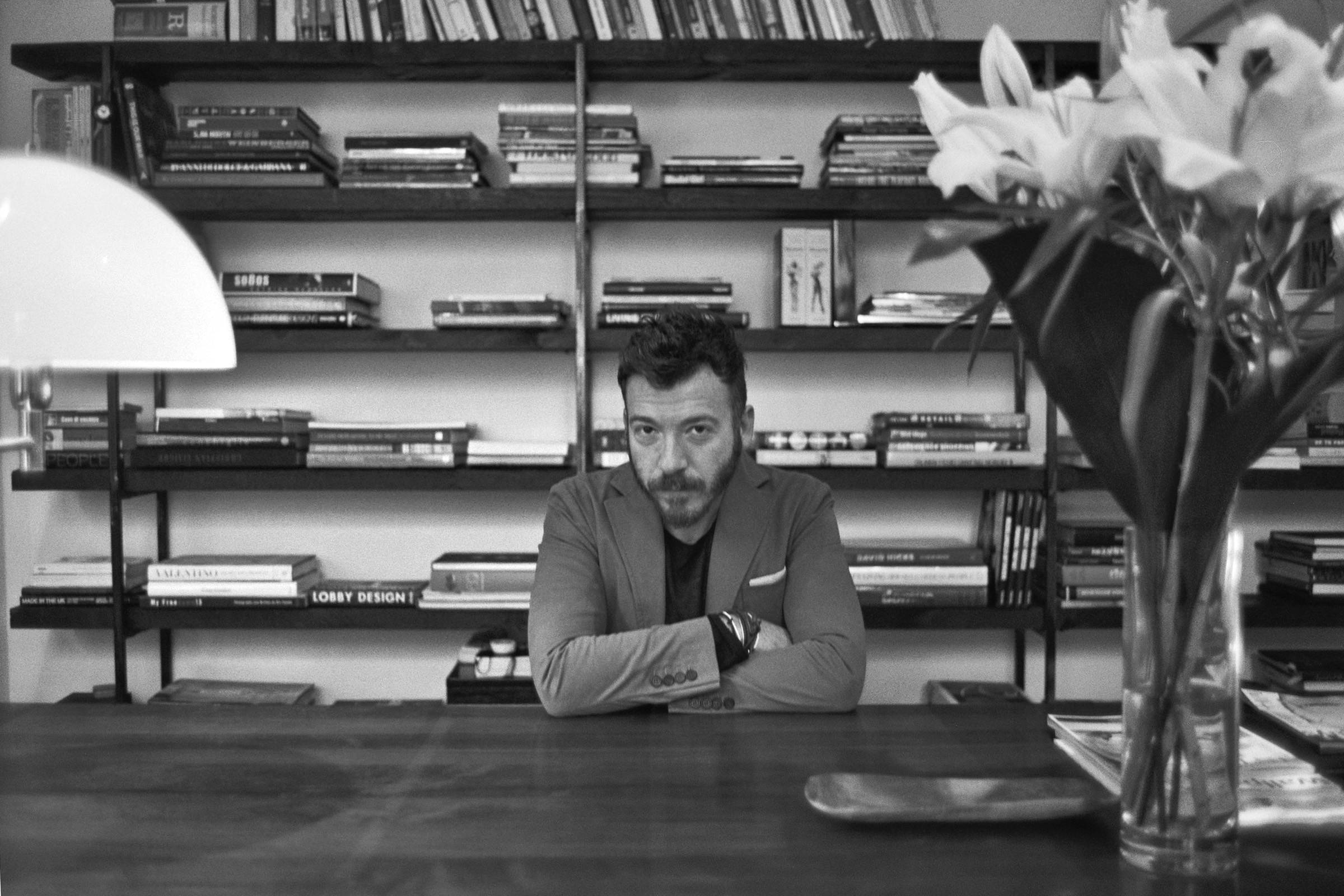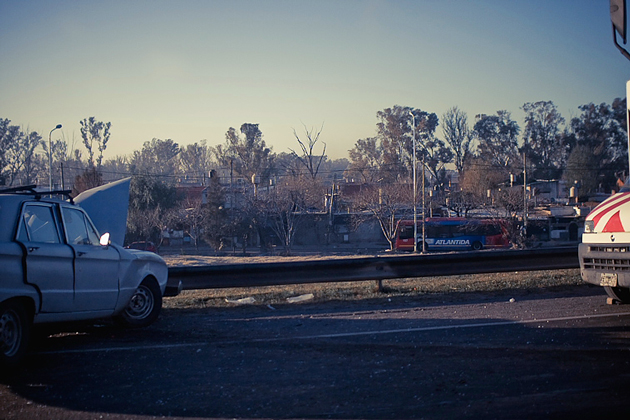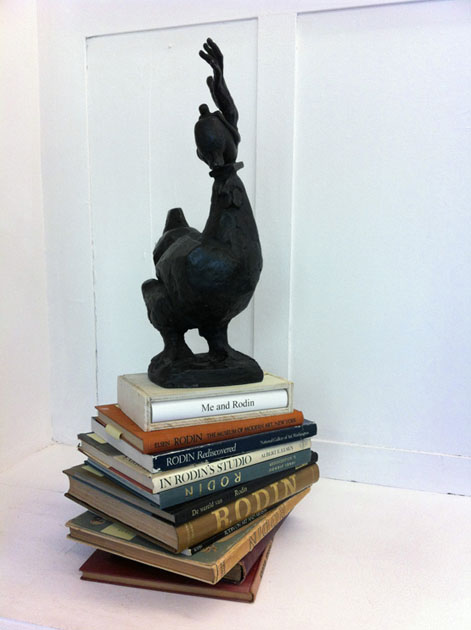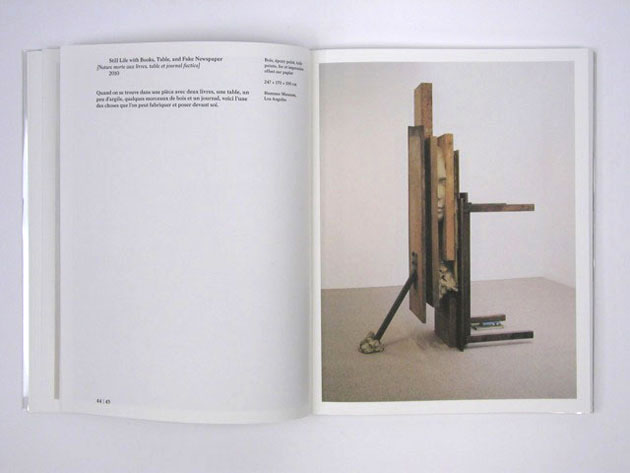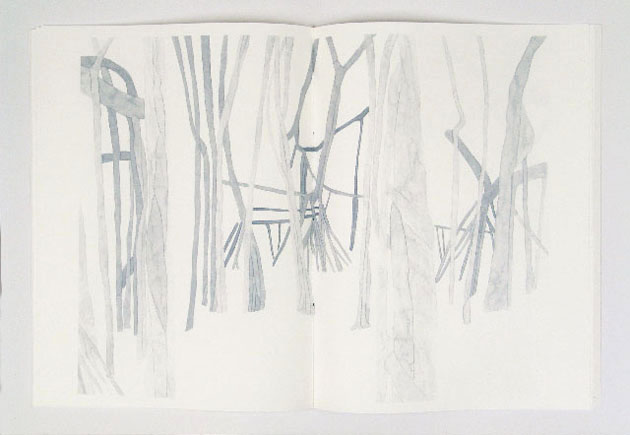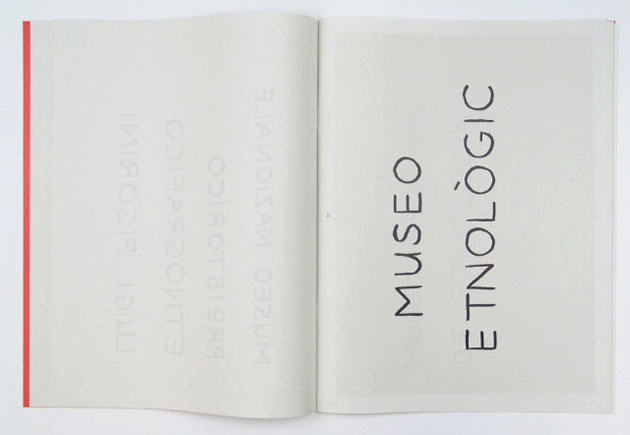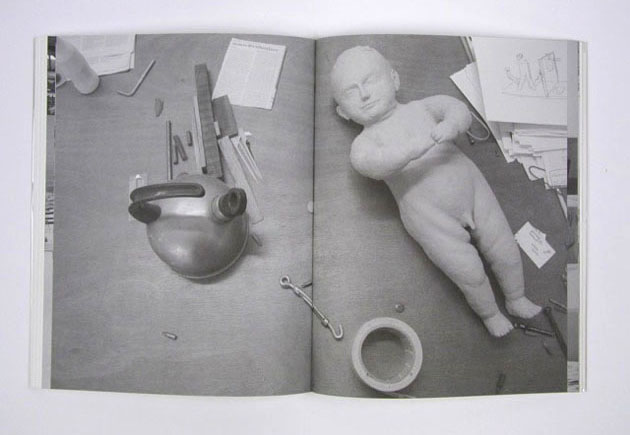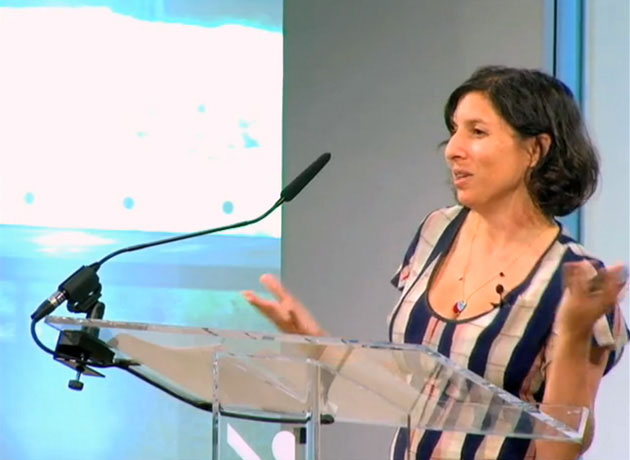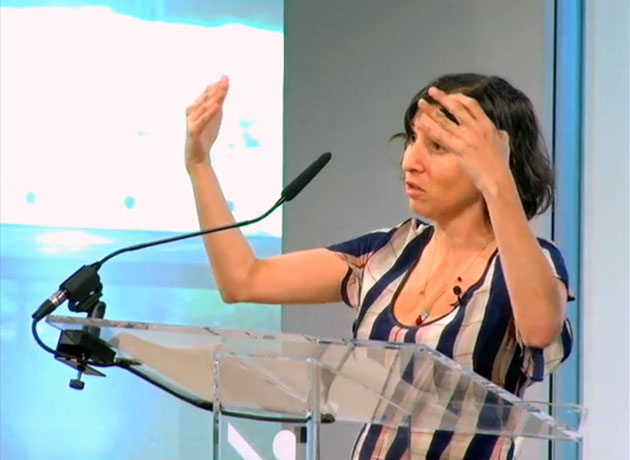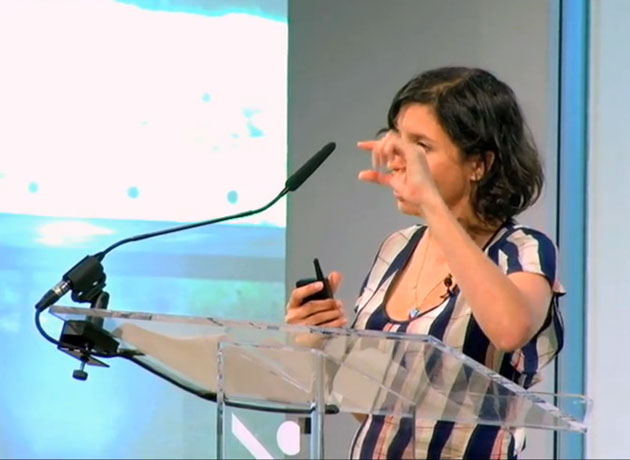The Editorial: Fifteen Too Many

Fashion has always been about gloriously enormous vision (and equally enormous ego), but once-upon-a-time it was a space populated by a cohesive and rarefied coterie of tastemakers and savants: breakout models, prodigy designers, inspired photographers and critics who had spent entire careers carving out distinctive editorial voices and nuanced, well-informed tastes. It has always been a circus, but it was a fascinating one filled with strong, smart voices. But now, fashion’s periphery is a lifestyle, overrun by countless self-proclaimed style mavens, pandering PRs, and countless other hangers-on. Bewildering narcissism abounds. Everyone wants a fifteen-minute piece of the Warholian fame pie, and they’re selling slices for cheap nowadays. Limit one per customer.
These fashion victims and prima donnas and party kids tromp around in improbable outfits sipping Clicquot and feigning fabulousness, less interested in the serious rigor of fashion than in flashiness and fame for its own sake. And while they’re nice enough as a sideshow spectacle, their feelings of entitlement are troubling, if understandable in a culture perpetually entranced by celebrity, no matter its source.
Tweet. Namedrop. Sip champagne. Repeat.
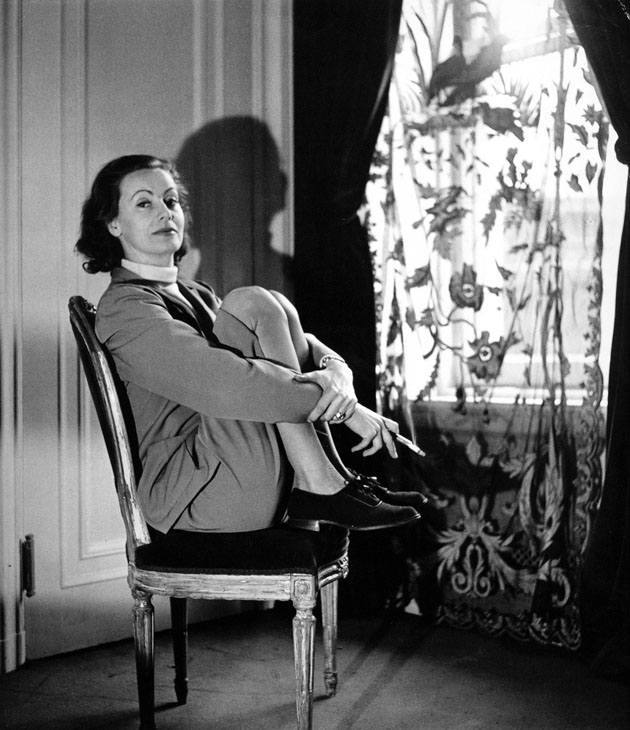

The fashion weeks themselves have multiplied, popping up everywhere from Buenos Aires to Bombay to Bangkok. More platforms for more fifteen minutes. And while it’s certainly a good thing that the world of style shall no longer be lorded over by an oligarchy on the Milan-Paris-New York axis, it is at risk of fracturing irreparably. That style axis at least held the arguments together gracefully and lent the fashion system a solid MO. But the cacophony of voices each self-servingly shrieking for attention is progressively drowning out the overarching narrative that gives fashion its credibility. And ladies and gentleman, without that all-important, well-recited narrative, all we’re left with are showy, impractical clothes: a sparkly runway and legions of wannabe Anna Wintours do not a fashion system make.
In this context, brands under pressure to out-manoeuvre Zara and others have taken the path of least resistance and dished out equity to those hangers on. And their predictable fifteen-minute attention spans have led to the implementation of lightning-quick collection changes that have, in turn, engendered lightning-quick caprices of preference. The mix-and-match zeitgeist veers wildly back and forth without much reason as look-at-me cool hunters and myopic bloggers convince labels that deco and jazz are cool. No, wait, punk. No, wait, fifties. No, wait, Italy. No, wait, military! (Does anyone bother to ask why anymore?… Shut up. Just grin and try to look fabulous.) These weak stylistic trends have led to diluted product lines and way too many garish, even hideous collections that will almost certainly age badly. We can look back at the 1960s, 1970s, 1980s and 1990s with relative certainty about their style evolutions and what they meant in the context of politics and sociology and society. What will posterity look back on and see in this decade? A capricious, schizophrenic mess? Well… I don’t really remember because all the bloggers that told me so aren’t cool anymore…


For fashion’s own sake, it is unfortunate that it has become the platform par excellence for those desperately seeking an easy fifteen minutes. Maybe it’s just easier to fake it here. But there is so much substance behind those doing the real, hard work of envisioning and executing fashion’s advance that a focus on these narcissistic sideshows is to miss the point entirely. Funny thing is, the toilers who really do make it all happen often work in silence. Their work is their reward, fashion truly is their passion (excuse the lame but inevitable alliteration), and when they do achieve fame it’s for exceptional work. Not desperate screams for attention.
In the meantime, if fame is your aim, excellent. Get to work. Really. A half-hour. A day. A week. Maybe even a lifetime of celebrity might just be waiting. But if you’re in it for the fifteen, stop screaming already. We’ve already forgotten you.



